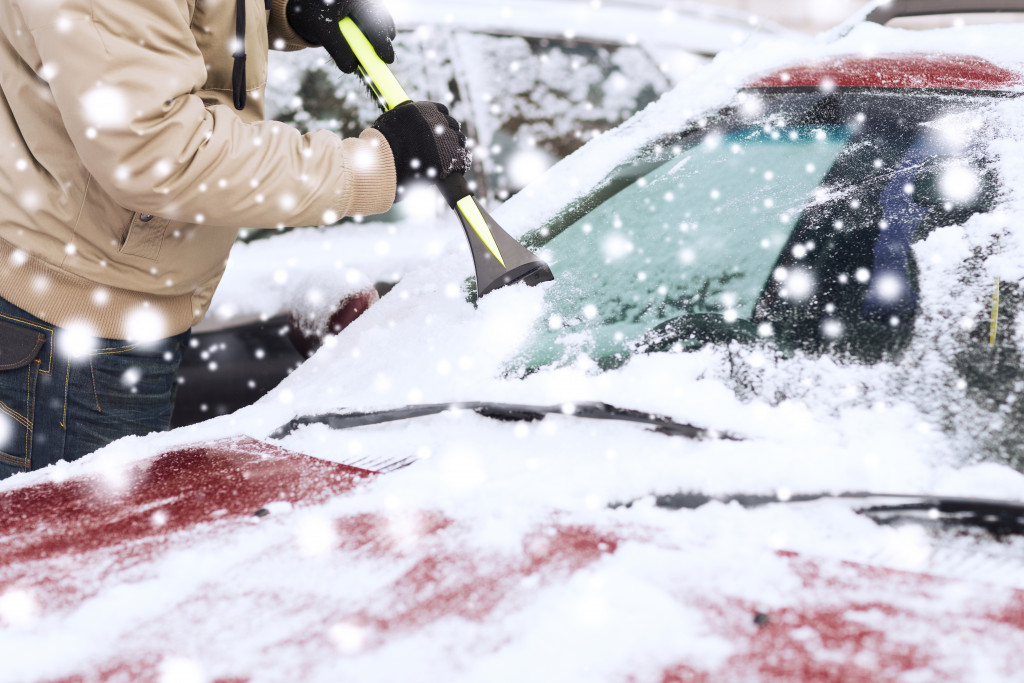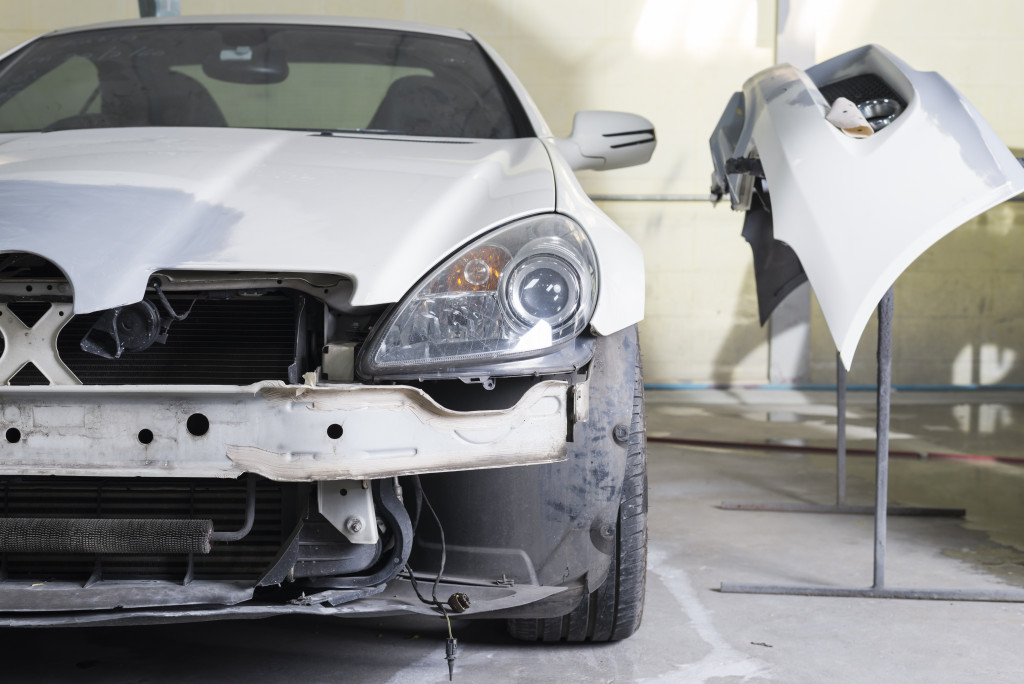- Repainting your car is a great way to restore its original shine and color and increase its value if you plan on selling it in the future.
- Before starting, make sure to have all necessary tools and materials on hand, including sandpaper or sandblasting equipment.
- Prepare the car by cleaning it thoroughly and removing any rust with sandpaper or sandblasting services.
- Mask off areas you don’t want to paint, then apply primer or sealer if desired.
- Spray on two to three thin coats of paint and let dry completely before removing the masking tape.
Do you have an old car that is looking worn out, with a peeling or faded paint job? You might be considering taking your vehicle to an auto body shop to repaint it, but did you know that repainting your vehicle on your own is possible?
Repainting your car is a fantastic way to breathe new life into your old vehicle, and it can also save you hundreds of dollars compared to taking it to a body shop. Whether you’re new to repainting cars or simply want to refresh your knowledge, this guide will give you all the necessary steps to help you repaint your car independently.
Why Repaint Your Car?
A car’s paint job is the first thing people notice when they look at it, and a faded or peeling paint job can make your vehicle look tired and worn out. By repainting your car, you can restore its original shine and color, making it look new. Plus, if you plan on selling your vehicle, a fresh paint job can add a lot of value to it.
What You’ll Need
Before you start repainting your car, having all the necessary tools and materials is important. This includes sandpaper or sandblasting equipment for removing rust, plastic sheeting for masking off areas you don’t want to paint, primer, spray cans of car paint, and a clear coat. It’s best to use high-quality materials to ensure you get the best results.
Steps to Follow
Once you have all the materials, it’s time to start repainting your car. Here’s a step-by-step guide to help you out:
Step 1: Preparation

Begin the process of repainting your car by cleaning it thoroughly. Use car-specific soap and water to scrub away any grime, dirt, or grease that may have accumulated on your vehicle. Dry the car with a microfiber cloth and ensure the car is completely dry before applying primer.
This step is also the time to remove any rust from your car. Sandpaper or sandblasting equipment works best for this, and you should be sure to wear a dust mask.
Step 2: Sanding
Sanding the surface of the vehicle is essential to preparing it for the new paint to adhere properly. Begin with a 220-grit sandpaper to sand the surface of the car. Keep in mind that heavy rust spots may require coarse sandpaper to remove, while smaller rust spots can use finer paper.
However, if you really want a smooth, professional finish, you may want to consider using a sandblasting service, as they can provide an even more thorough job. Not only will this service remove any old layers of paint, but it will also evenly remove any rust or corrosion that may have accumulated over time. With a clean slate, your car will be ready for a new coat of paint that will appear seamless and flawless.
Step 3: Taping and Masking
Use masking tape, plastic bags, and newspapers to mask off any areas of the car that you don’t want to paint. The areas that you may want to either cover or remove include headlights, taillights, side mirrors, and the front grill.
Step 4: Primer
Apply a thin layer of primer to the vehicle. If you want to keep the original color of the car but with a fresh coat, use a sealer instead of a primer. Sealer is specifically designed to go over the current paint without sanding it off completely.
Step 5: Painting
The painting stage is the most crucial part of the car painting process. Start with thin coats and spray the paint lightly, moving in a side-to-side motion. Apply two to three thin coats at most for the best results. Then, remove the masking tape and let the paint dry entirely, which usually takes 24 to 48 hours.
Final Thoughts
Repainting your car can seem daunting, but by following this guide, anyone can achieve a professional look. Each step is necessary to ensure your finished product is exceptional.
Now that you understand the process, you are on your way to a freshly painted car that looks amazing and turns heads wherever you go. Remember to schedule enough time to do it and be ready to take it one step at a time.

